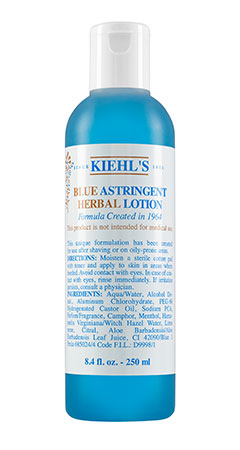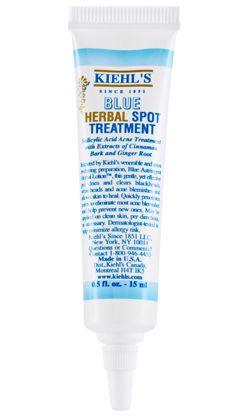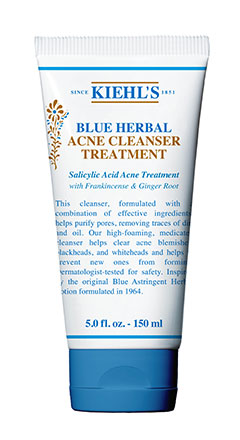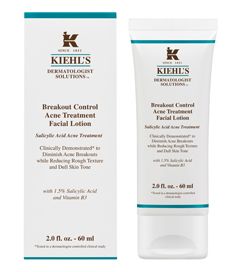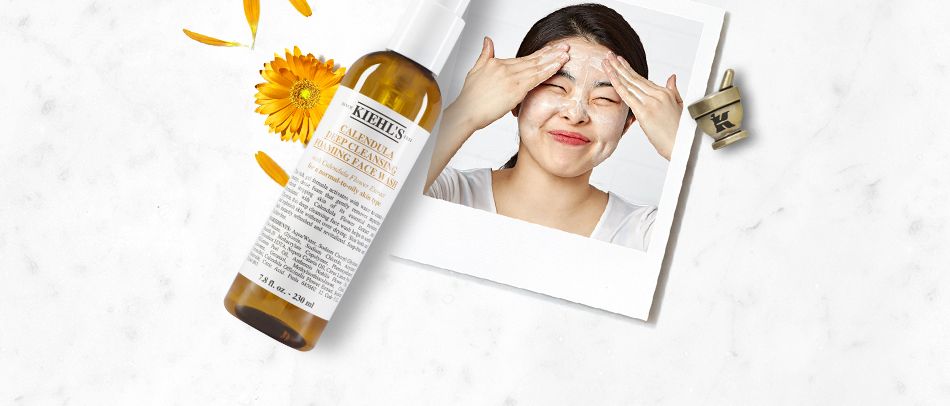
Don’t Believe These Acne Myths
Despite the fact that it is the most common skin condition in the U.S., there’s still a lot that doctors don’t understand about acne. What we do know is that it occurs when excess oil, dead skin, and impurities clog a pore and cause it to become inflamed. As to why some people are more prone to it than others and why the severity and age range are so different, doctors have a lot of emerging theories, but not enough to definitively blame something for it. Because of this, acne myths abound.
Contrary to popular belief, acne is not caused by dirty skin and there is little evidence to support that eating chocolate or greasy foods is to blame. Fact is, there are four main factors that contribute to acne: excess oil production, clogged hair follicles, bacteria, and changing hormones.
While some of the specifics behind why these things cause acne are still unclear, there are plenty of things we do know for certain. To help avoid confusion and misinformation, we’re doing some myth busting of the biggest acne misconceptions. After all, in order to fight it effectively, you need to be able to separate fact from fiction.
Acne Myth # 1
DO ADULTS STILL GET PIMPLES?
Although acne is common among teenagers, it can affect people of all ages! Some people can get acne for the first time as an adult, even if they never had acne as a teen, and can continue to get acne well into their 30s, 40s, and even 50s.
Adult acne tends to appear in cycles with breakouts concentrated in the chin and cheek areas. Some of the causes of adult acne are likely due to fluctuating hormone levels, certain medicines, and/or genetics.
Effective acne treatments for adults should include product formulas that are designed to help reduce oil, provide lightweight hydration, treat acne blemishes, and help prevent future breakouts. Check out our Ultimate Skincare Routine for Acne-Prone Skin to help you chose the most effective solutions for your acne skincare needs.
Acne Myth #2
HOW DO YOU PROPERLY POP A PIMPLE?
Simply put, there is no "right way" to pop a pimple. Squeezing and/or picking at pimples irritates skin, increases inflammation, and worse could lead to acne scars .
A better way to get rid of pimples is to target them directly with an acne spot treatment formulated with Salicylic Acid. Salicylic Acid is a beta-hydroxy acid known to be effective on acne by helping refine skin texture and reduce blemishes.
KIEHL’S TIP: Help reduce the appearance of post-acne marks with a dark spot corrector that visibly diminishes the appearance of skin discolorations.
Acne Myth #3
IS IT POSSIBLE TO WASH YOUR FACE TOO MUCH?
Washing your face is a necessary step in your healthy skincare routine, but be careful to not overdo it. Cleansing too much can irritate skin and lead to increased oil production, which can actually make acne worse.
We recommend washing your face no more than twice a day with a cleanser with Salicylic Acid formulated to help clear acne blemishes, blackheads , and whiteheads and helps prevent new ones from forming.
Acne Myth #4
CAN OVER MOISTURIZING CAUSE ACNE?
All skin types, even skin prone to acne, needs moisturizer. Hydrating acne-prone skin is an essential part of your skincare routine. When skin is dry, the body naturally produces more oil to compensate for this, which could mix with dirt and debris on skin’s surface leading to clogged pores and more breakouts. Using an effective moisturizer for acne-prone skin helps balance and hydrate parched skin. Try a non-comedogenic acne lotion specifically made to help fight acne blemishes and helps prevent new blemishes from forming.


